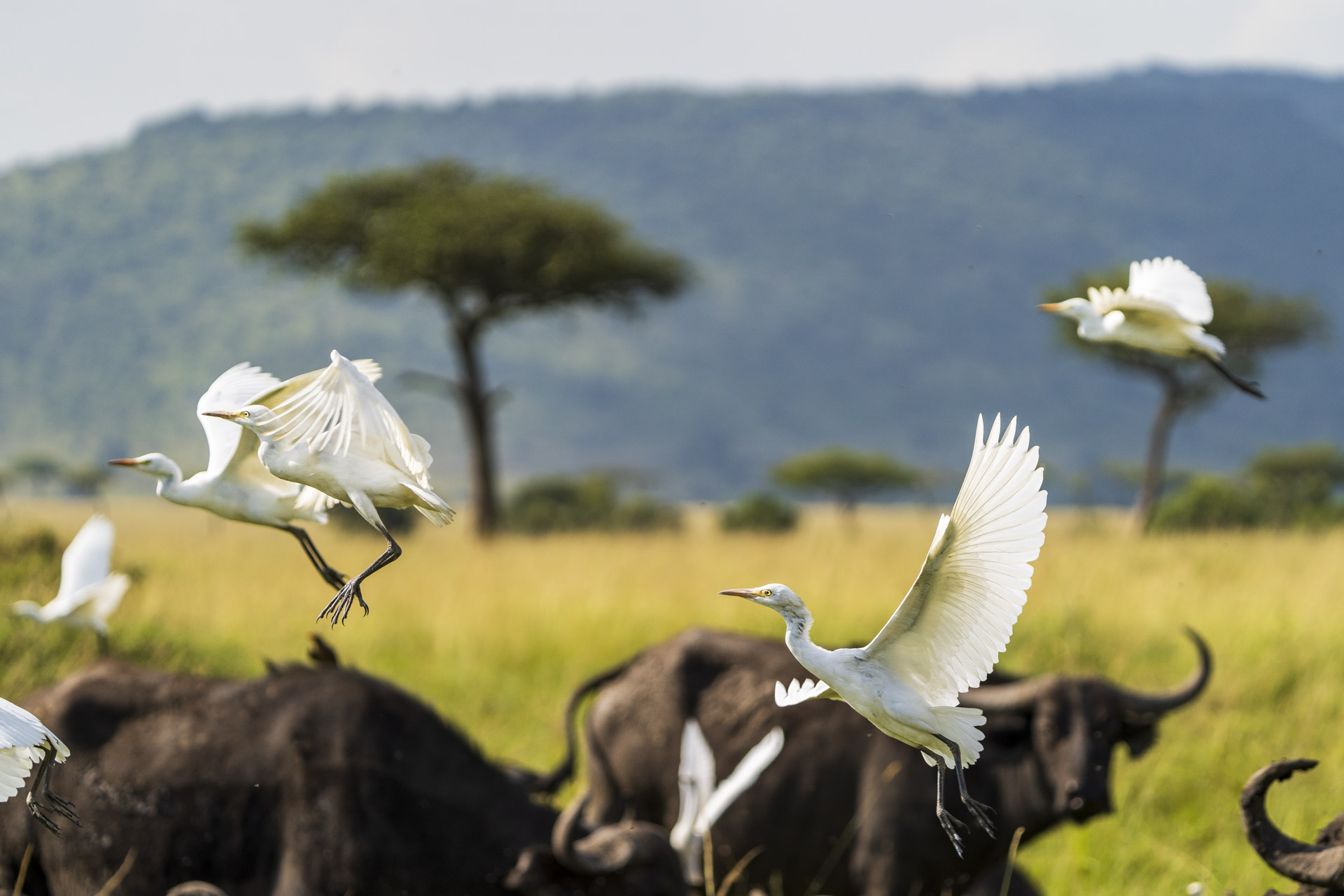
The incredible number of animals in Kimana Sanctuary is a testament to the success of the joint efforts of the community, Big Life and Angama. Plenty of herbivores, such as wildebeest, zebras, antelope, and warthogs, have moved in, which has recently caught the attention of four lions. According to Lion Guardians, there was a period of almost 20 years with no confirmed lion sightings in the Sanctuary. What's more, Angama Amboseli's Head Guide, Alice Maintaine, saw a shy leopard on a night drive. We hope to have photographic evidence in the blogs to come.
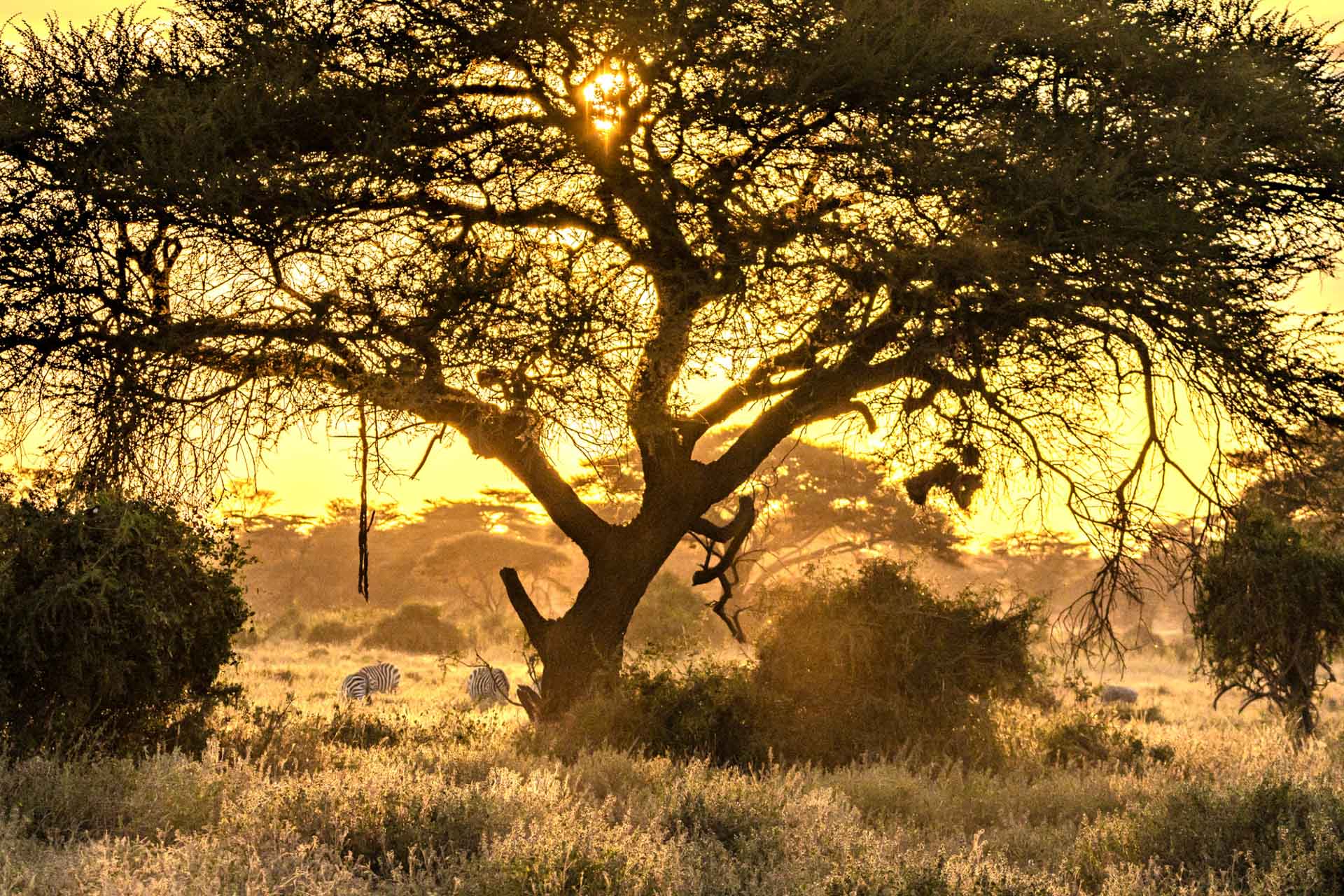
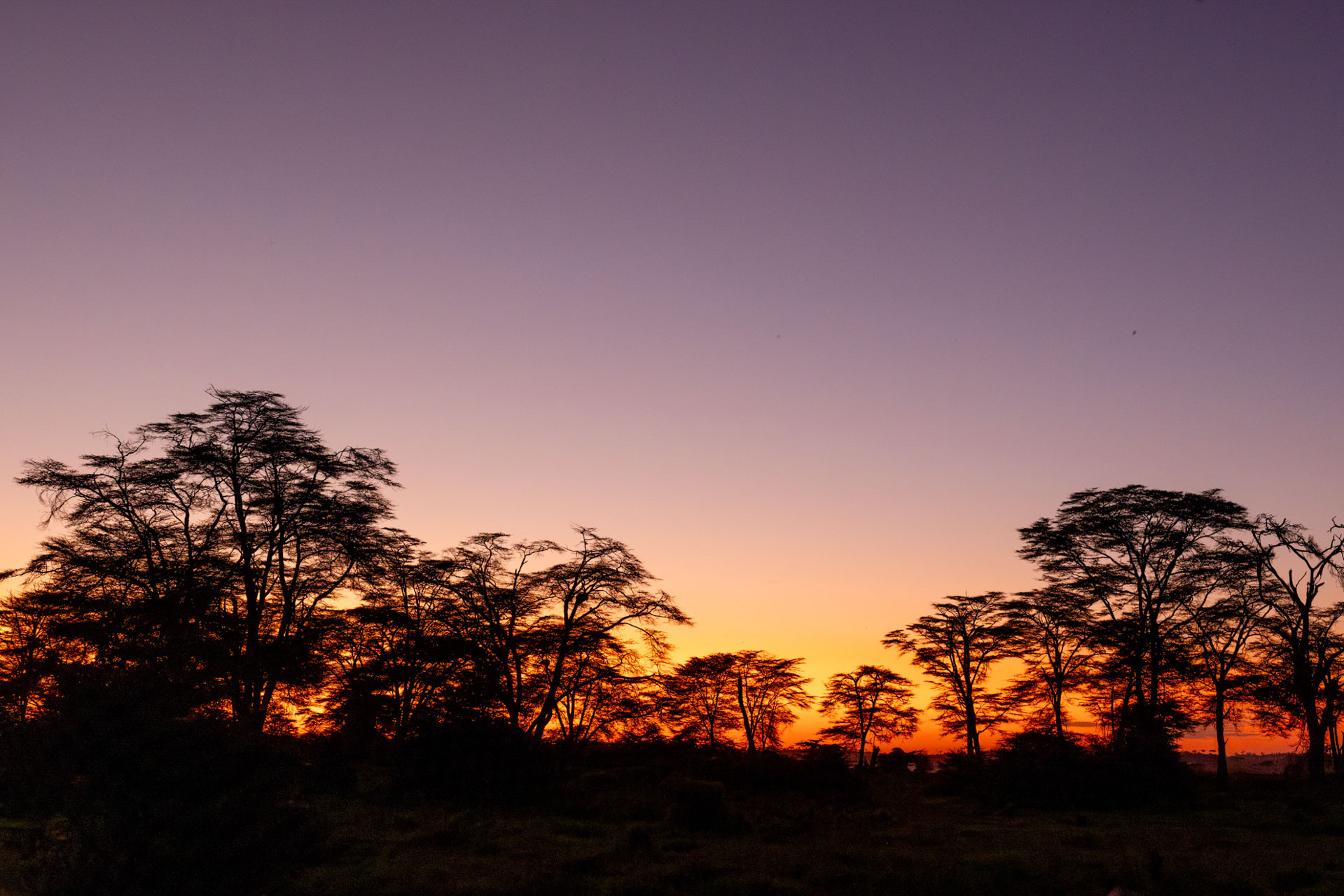
Wildebeest like to roam the Sanctuary in open areas where they can see predators coming. In the late evenings, they can be seen kicking up dust after a long day of constantly searching for food and water. They have settled here in large numbers, indicating that the habitat is healthy enough to sustain these big herds.
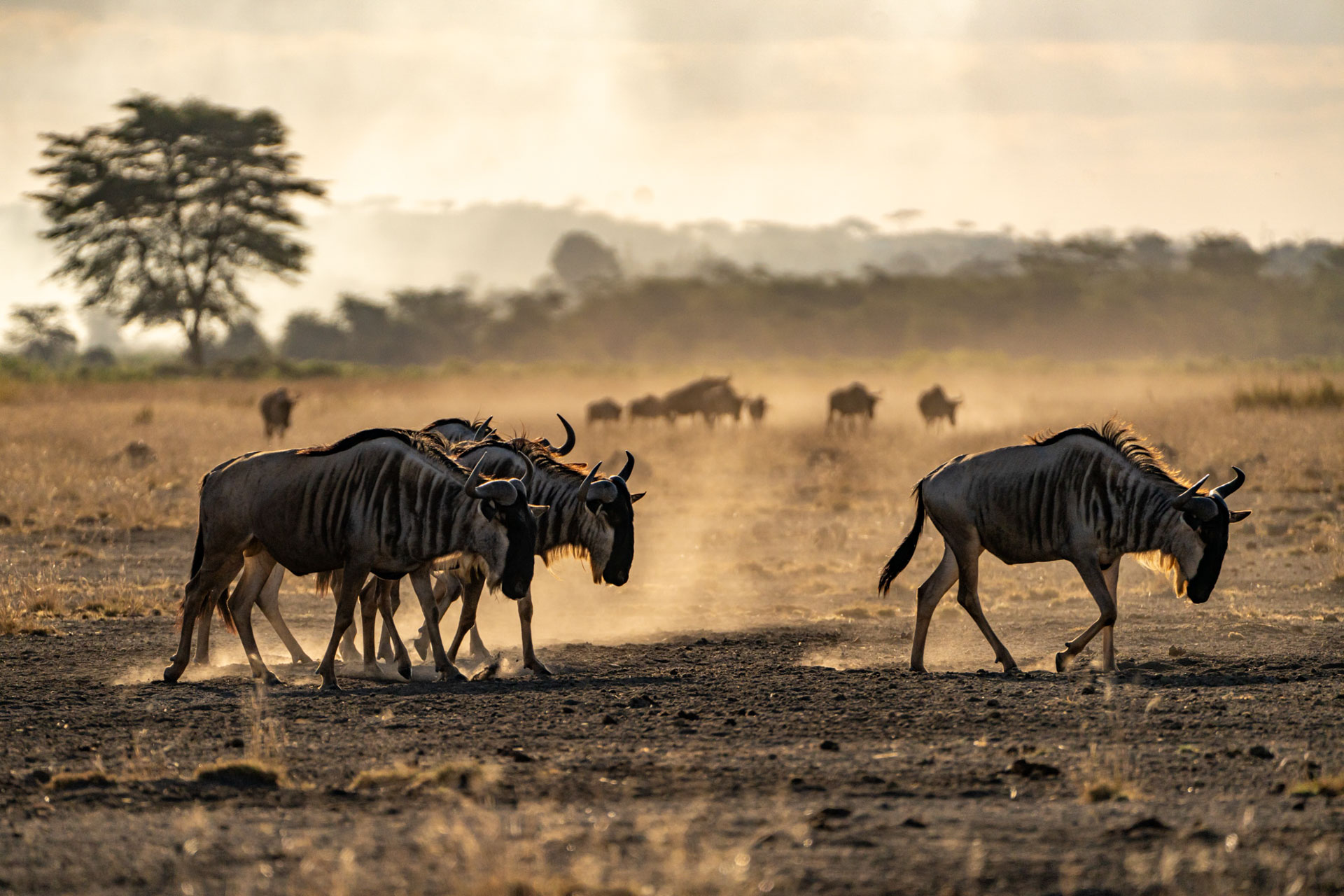
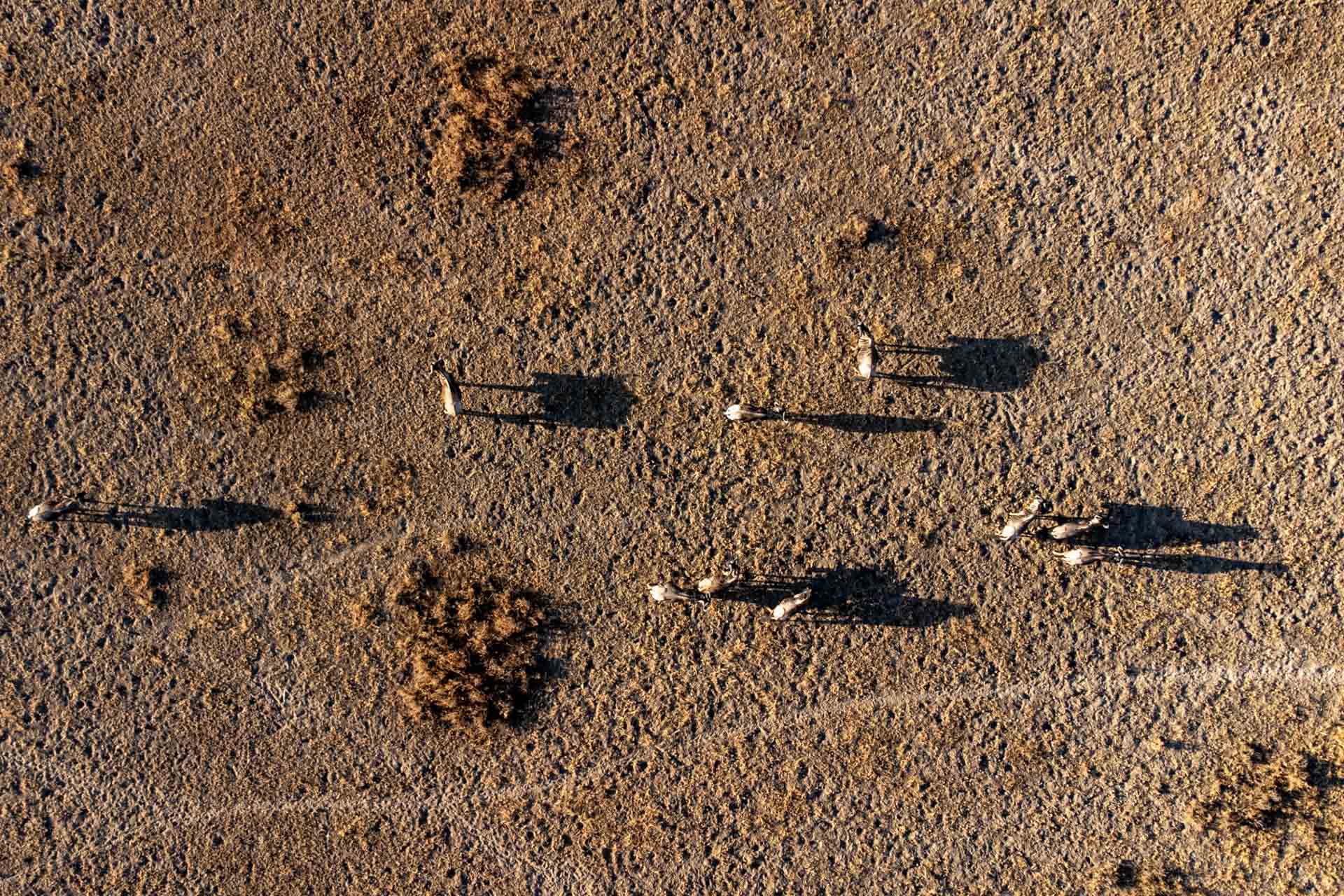
One exciting development is the confirmation one of the lionesses is Noltulali, which means 'the one of the baboons' in Massai. Salaash, an Angama Guide who has spent many years in the Sanctuary working with Big Life, called me as the sun was setting and said he knew where the lions were. We set off into the dark armed with a camera and a flashlight. Being on a game drive at night is thrilling — as your visual ability is reduced, your other senses are heightened. We found both females with a warthog kill tucked away in a bush. Noltulali was very shy and would hide every time we got close.
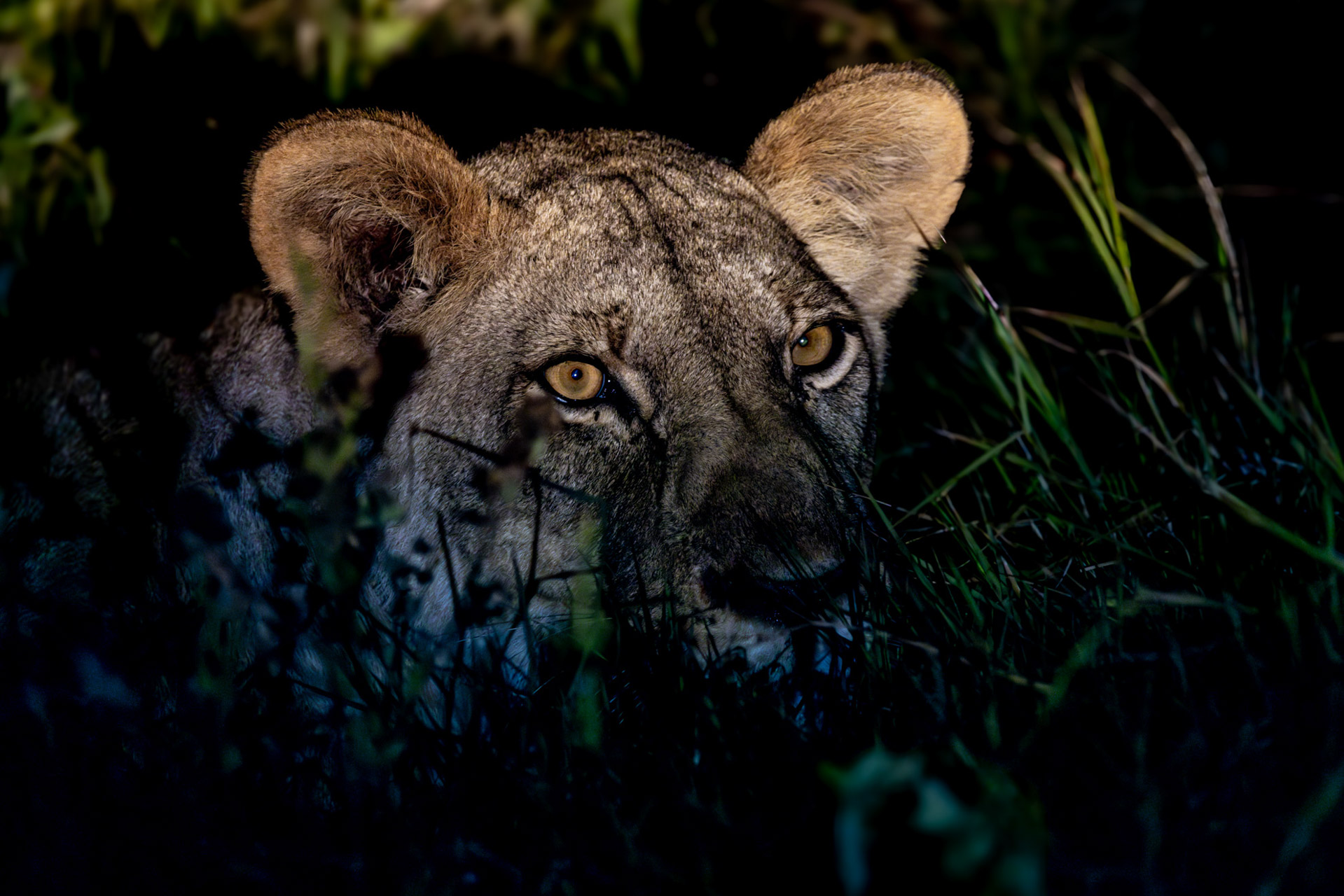
The other female is called Memusi, which means 'one that brought immense happiness or excitement'. The names are given according to the behaviour of the lion, its location or the situation in which they are found. Memusi was the first lioness to be seen in the Sanctuary, hence the name. The next morning, we found her sitting proudly at the foot of the mountain with the spot in her left eye, one of the identifiable features on display.
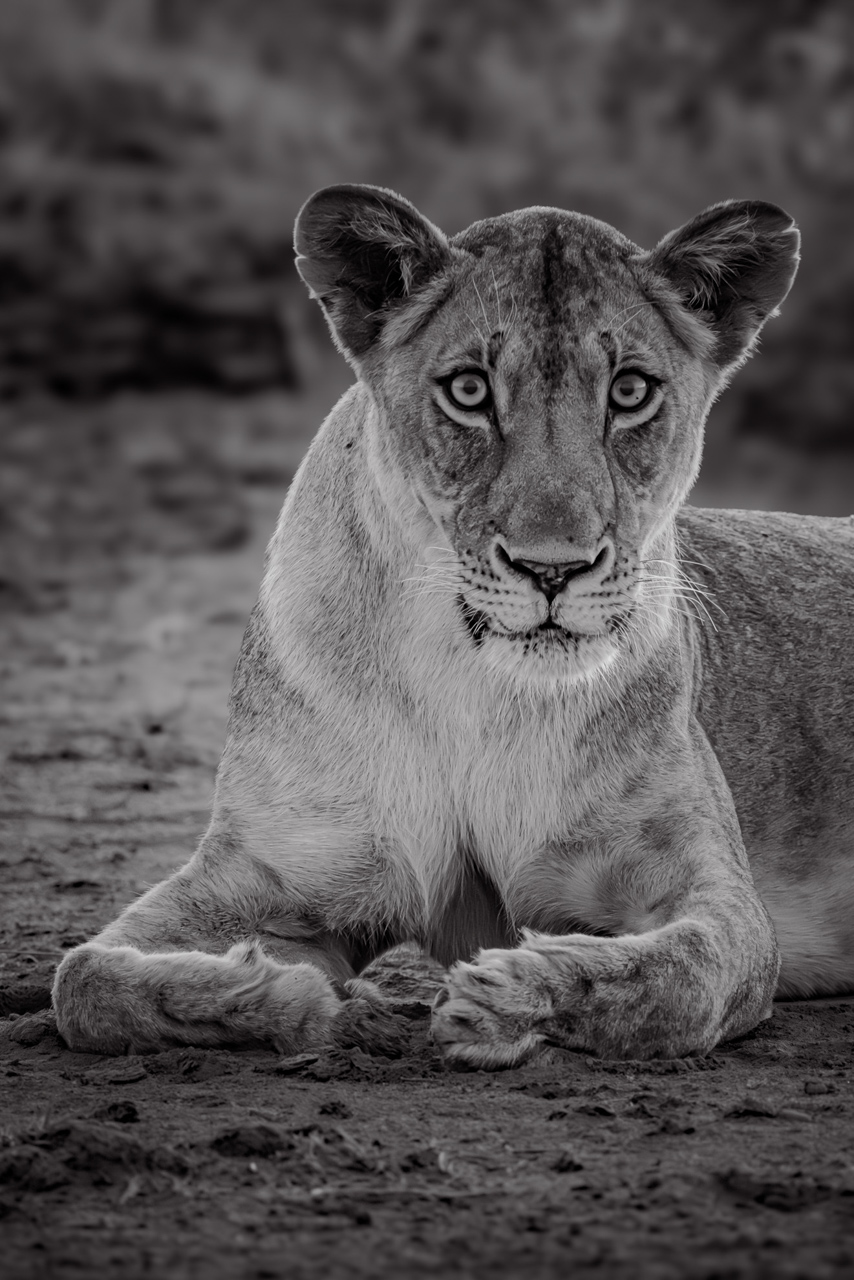

In Angama Amboseli's Photographic Studio, there is a large window that faces an open area. As I sat at my computer, I noticed an African hoopoe flying past and landing on the ground. I quickly grabbed my camera and moved towards it. Following it for some time until it was comfortable with my presence, I was able to get a photograph before it flew away. One of the most distinct features of this bird is its crest of feathers, which acts as a mood indicator. When flat, the hoopoe is relaxed, but a raised crest means it's agitated or excited. This seems to be an older male, as mature males tend to be a vibrant tan colour.
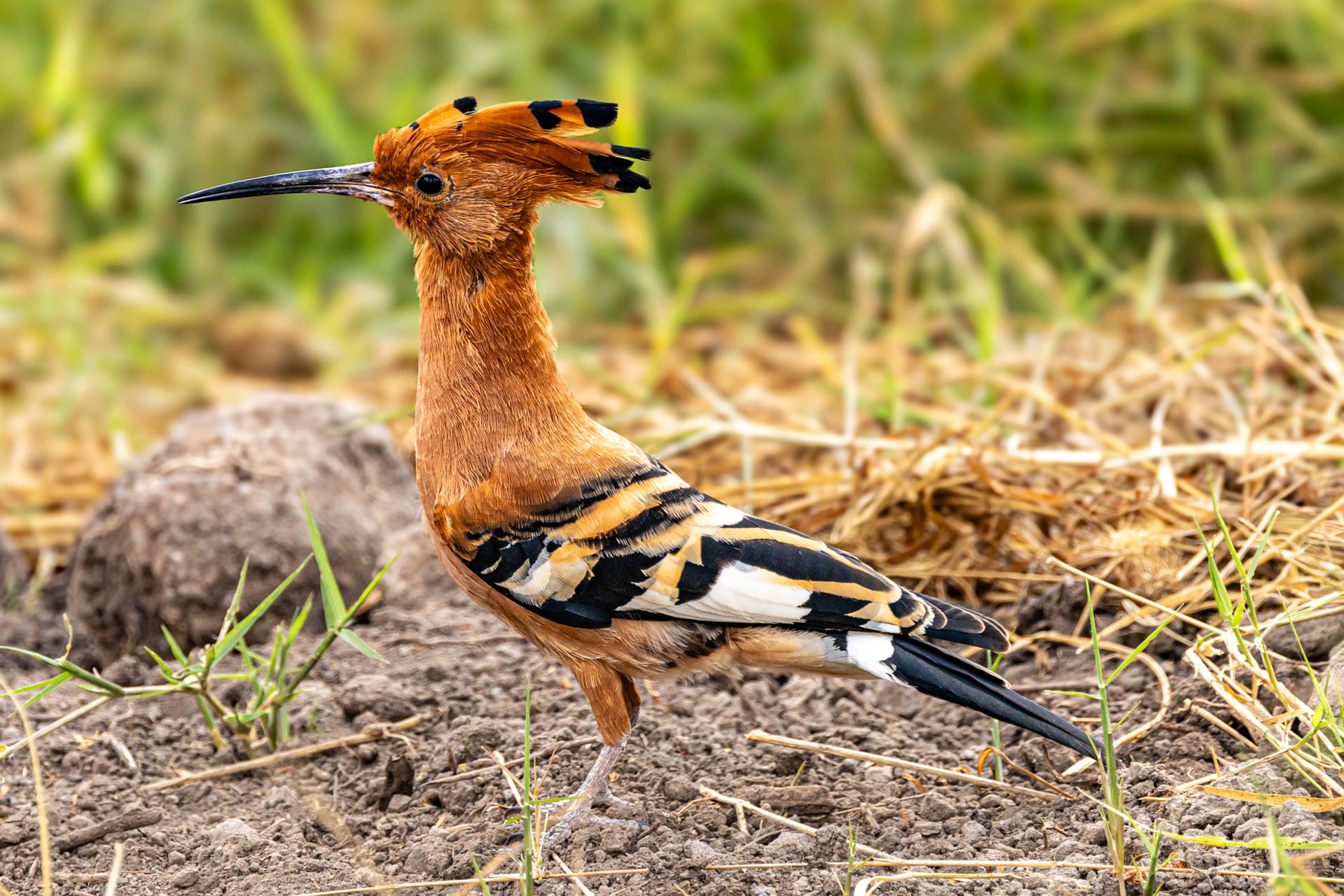
Every morning, as I walk from my room to the Studio, I cross a small bridge over the Kimana stream. On the banks, these colourful insects always capture my eye. At first, I thought they were dragonflies, but after further investigation, I discovered they are, in fact, damselfly. One of the key differences is that dragonflies have wings that are outstretched perpendicular to their body like an aeroplane. But damselflies, when resting, typically fold their wings together flat on their back or hold them close to their body. The scientific name is platycypha caligata, but are sometimes referred to elegantly as 'the dancing jewel'.
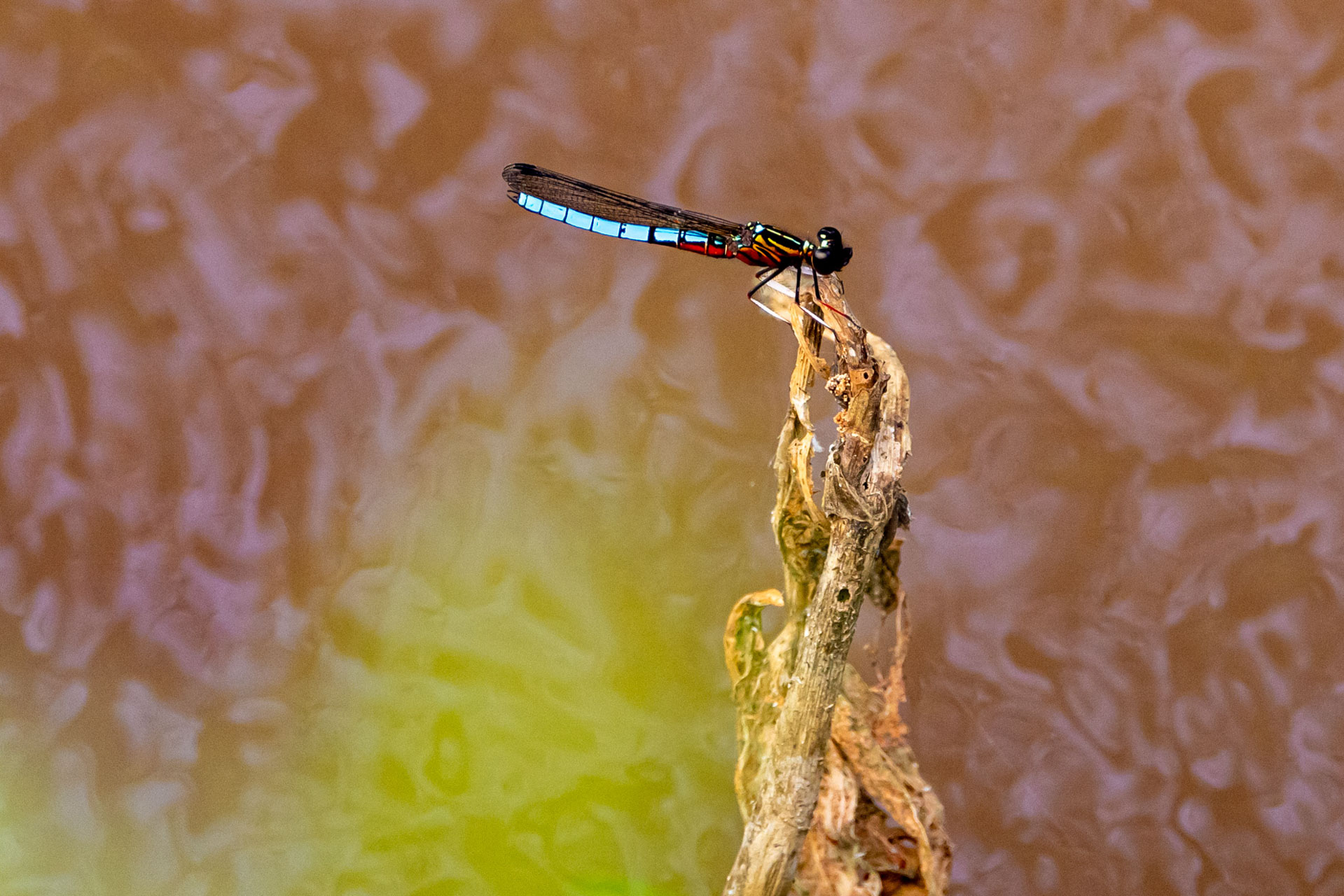
Last but not least, following many months of hearing about the famous Craig, I finally met him in person. After an extensive search one morning, we turned a corner and there, ever so gracefully, was the biggest elephant I had ever seen. When we first found him, he was actually sleeping. His massive tusks were resting on a branch, and he was not moving — the only thing we could hear was his breathing. He slept like this for almost half an hour until he woke up, scratched an itch on a branch and began feeding. To witness him in his natural environment, protected and carefree, is truly special. He is one of the last Super Tuskers alive at the moment and every moment with him is extraordinary. –Andrew Andrawes
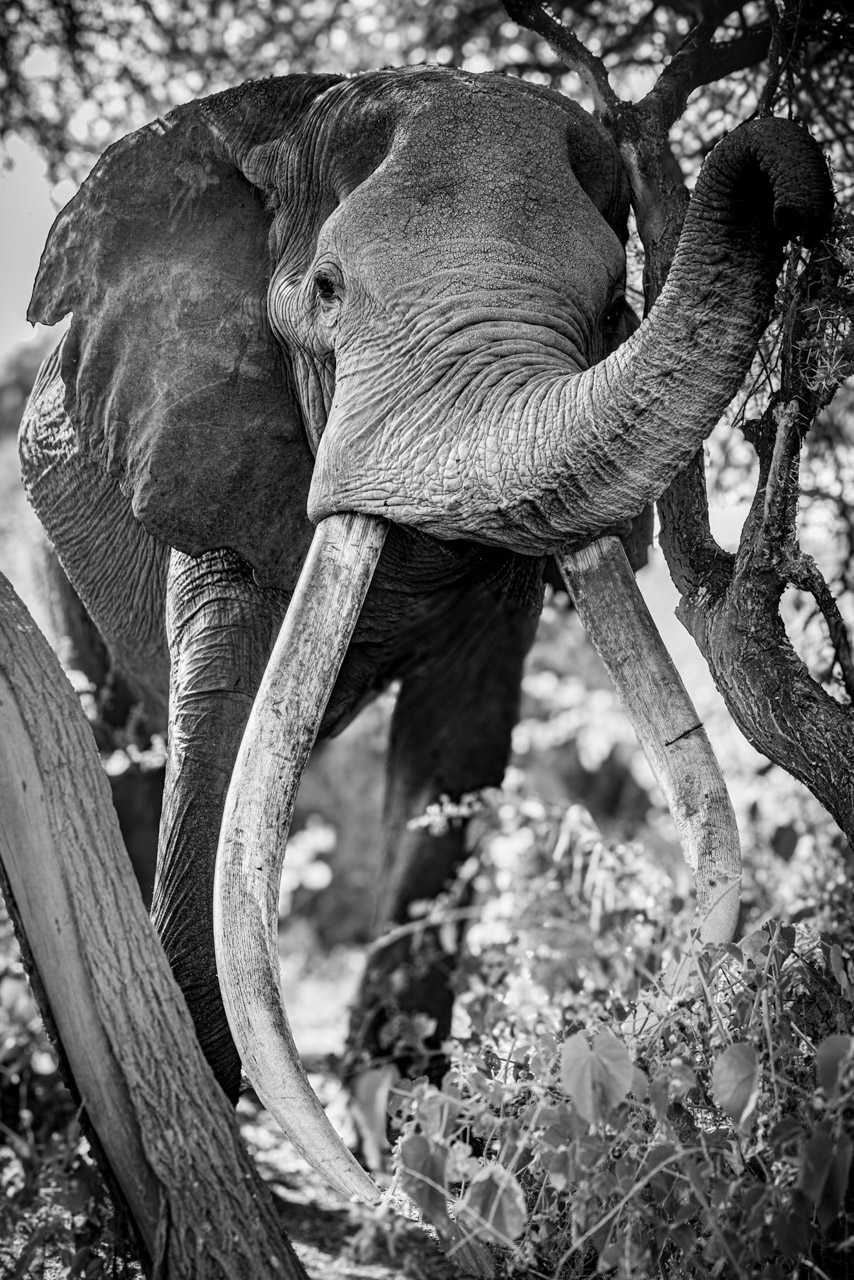
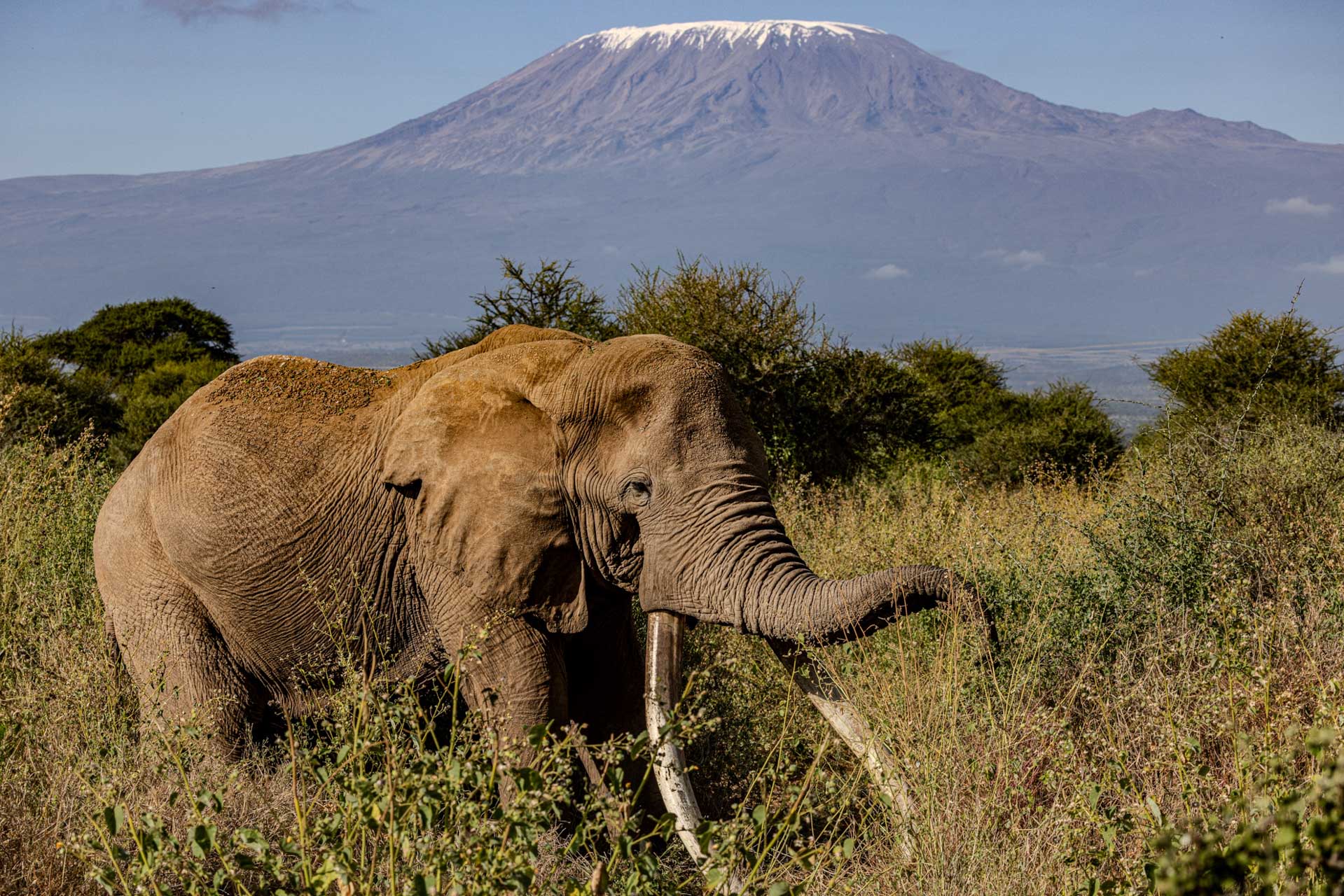
The lion activity in the Mara Triangle has been exceptionally rewarding this week, offering numerous sightings. One of the Taliban males has been seen mating with a female from the Egyptian Pride, which bodes well for the future of the lion population in the area. This successful mating could lead to a stronger gene pool and more cubs in the coming months, which is always a treat to see.
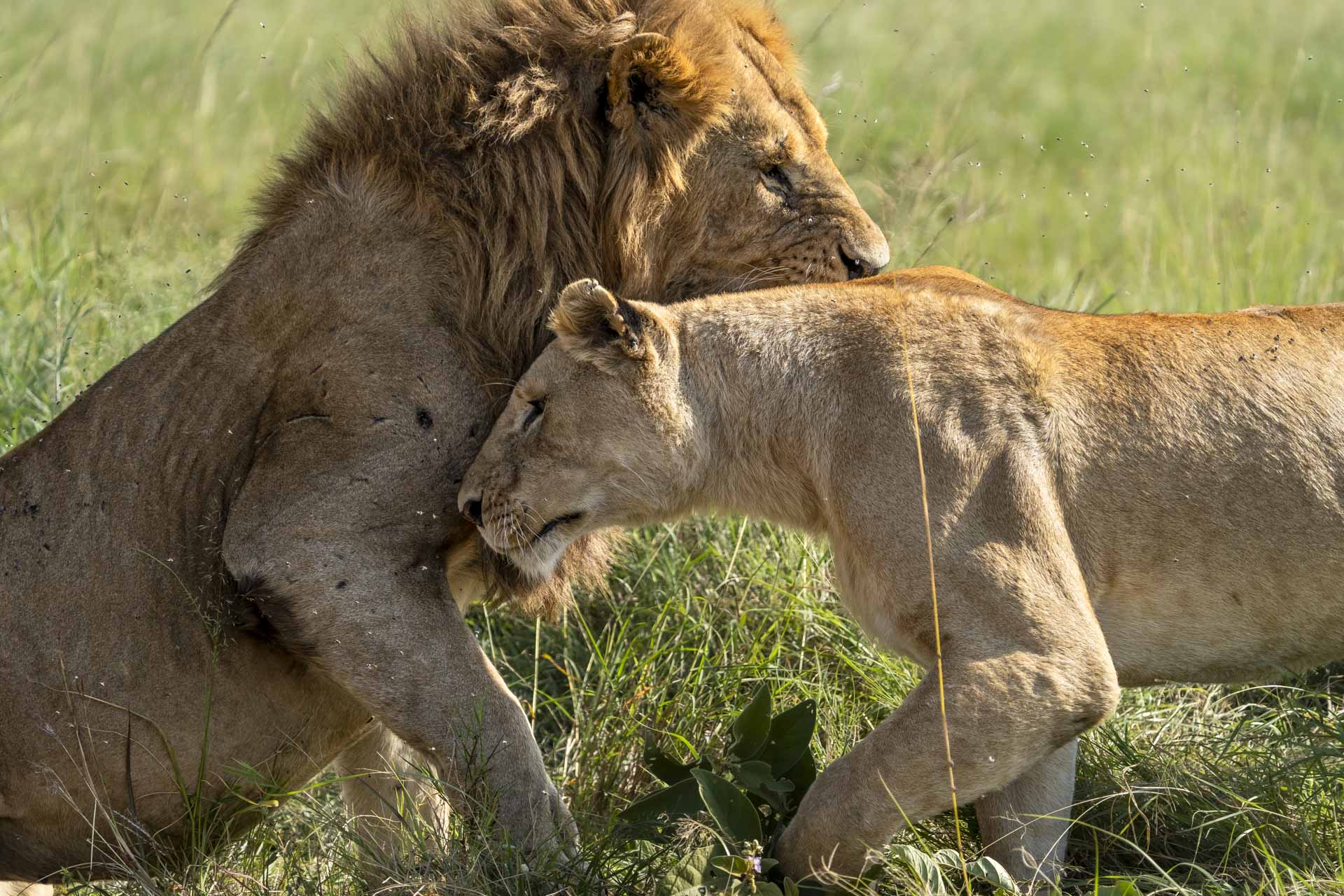
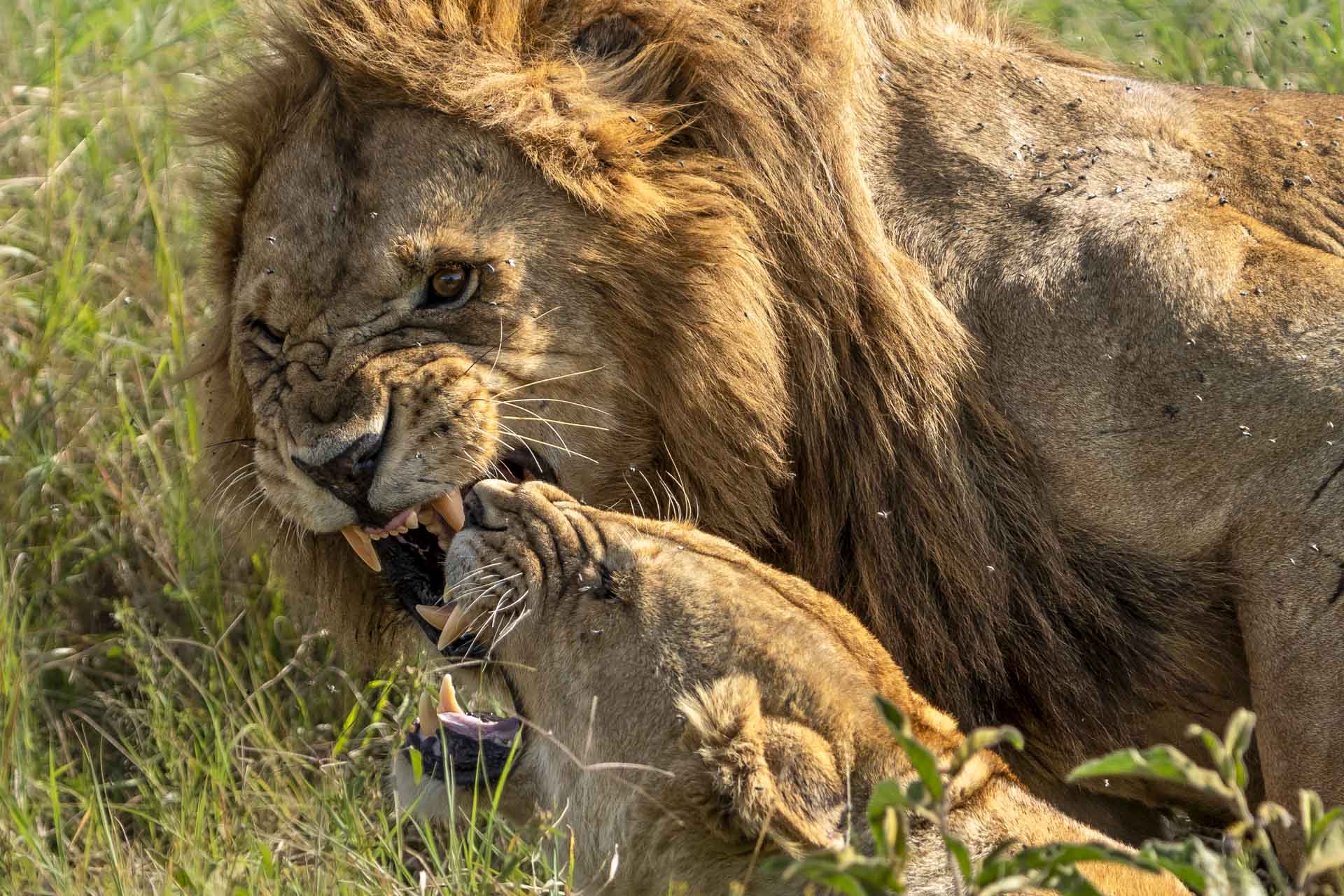
In another part of the Mara, the Inselberg males have had a bountiful feast after managing to take down a hippo. This massive kill has provided them with sustenance for the entire week. Ruka, one of the Inselberg males, has been observed with deep scratch marks on his left eye, suggesting an ugly encounter with rival males or possibly even conflicts within their own group. These injuries appear severe, and he does not seem to be recovering well, indicating that the wounds may have been troubling him for a while.
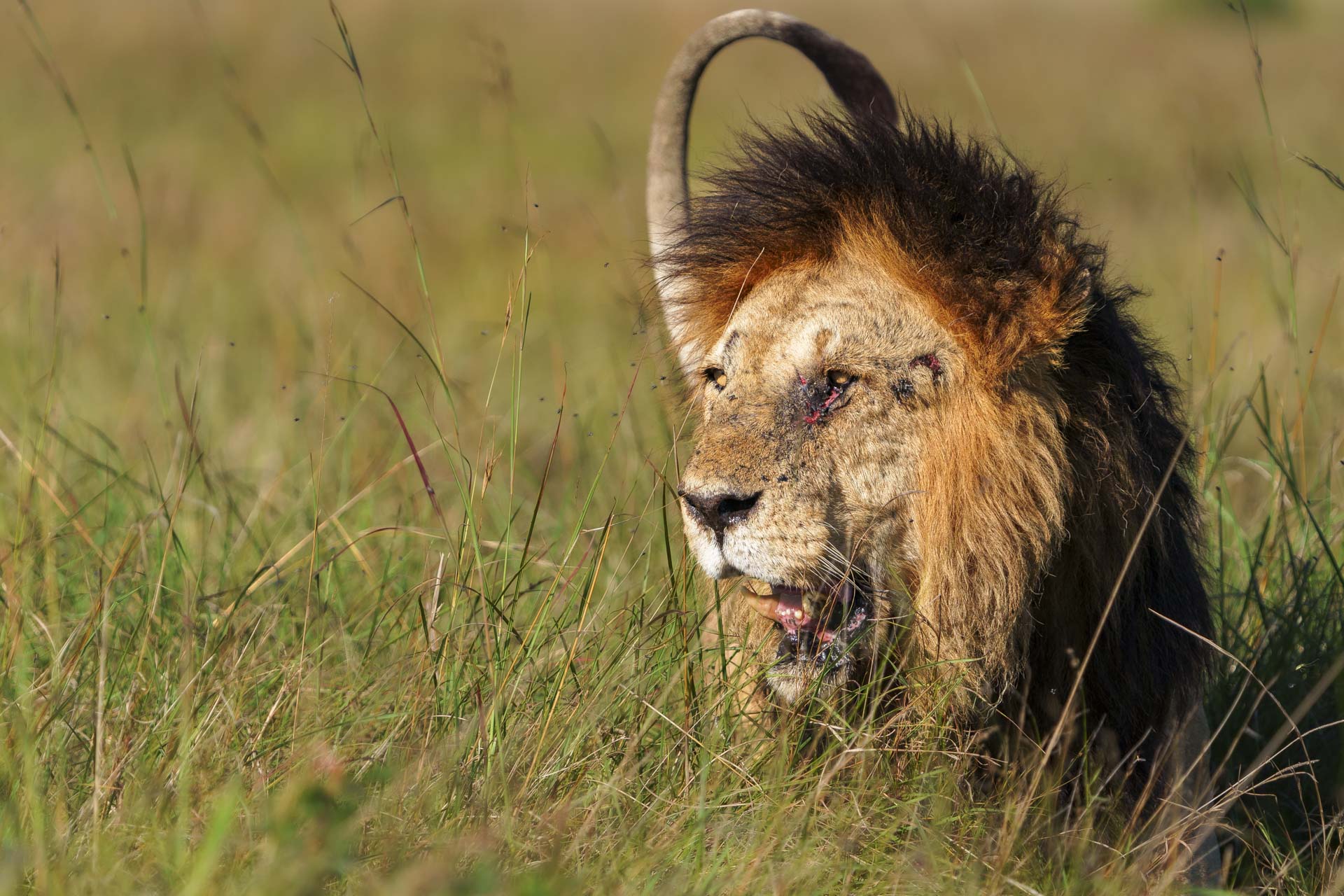
These dynamics highlight the complex social structures and fierce survival instincts of the Mara Triangle's lions. The interactions between different prides, coalitions, and individual lions are a constant reminder of the delicate balance of power and the ever-present struggle for dominance. The successful hunts and mating, contrasted with the visible scars of conflict, paint a vivid picture of life in the Mara Triangle, where every day is proof of the strength, resilience, and raw beauty of these predators.
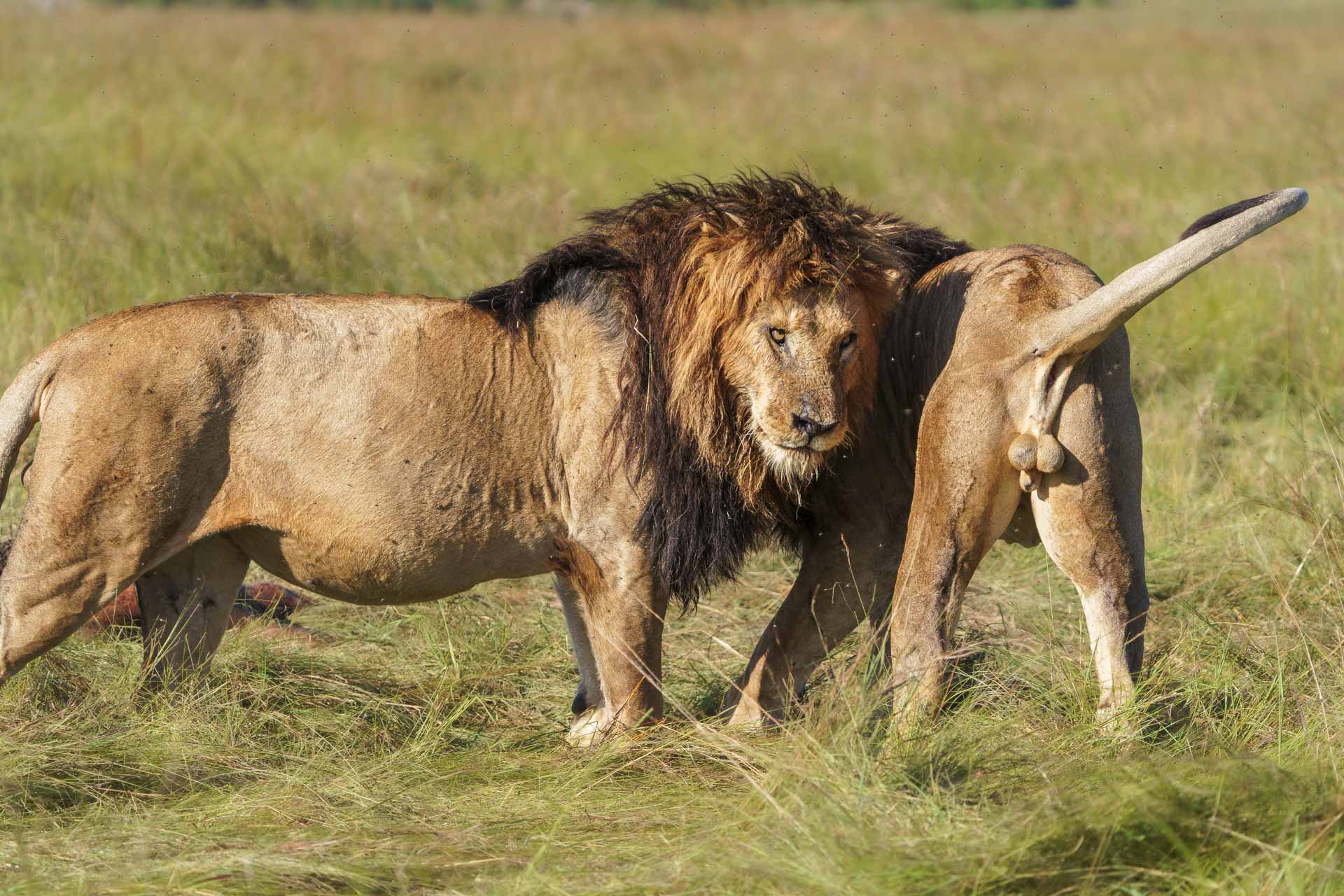
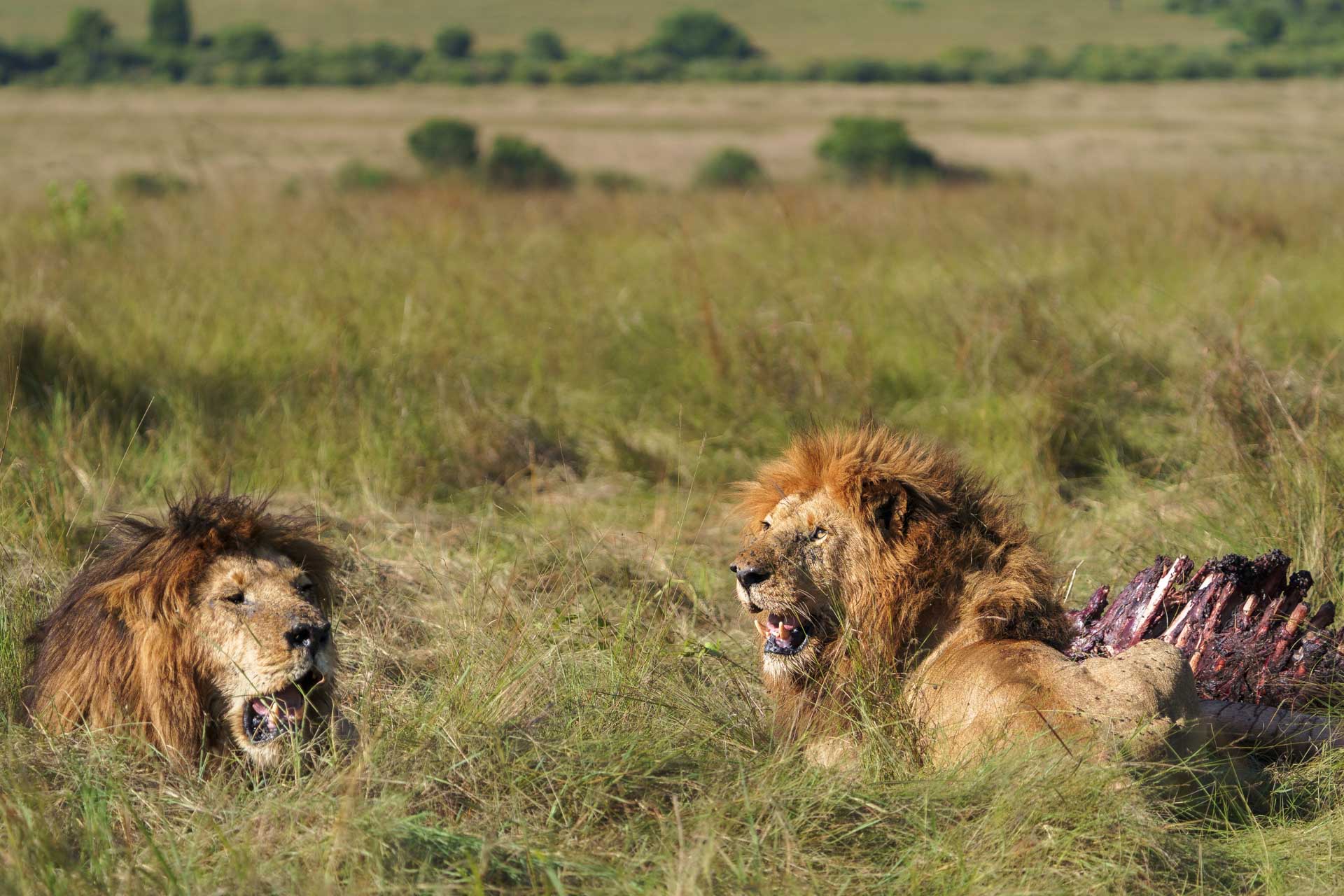
The elephant population near the escarpment is flourishing, with frequent sightings of large herds and numerous newborn calves. Their playful antics evoke pure joy as we observe them mock-charge under the watchful eyes of their mothers and attempt to use their trunks to feed like the older members. Their trunks, which contain over 40,000 muscles, require several months of practice before the young ones can effectively use them for feeding and drinking. Witnessing these majestic creatures and their playful behaviour is truly heartwarming.
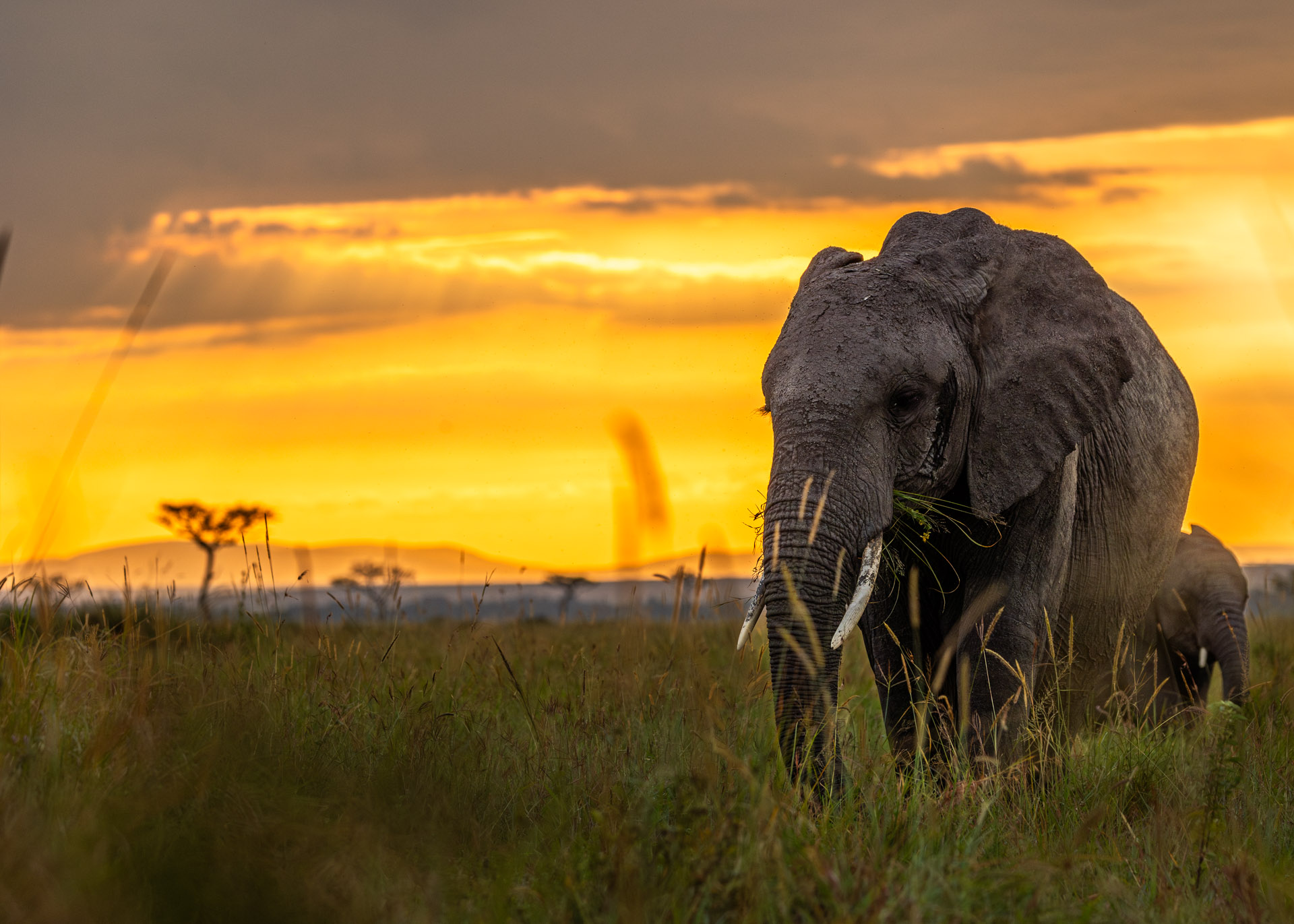
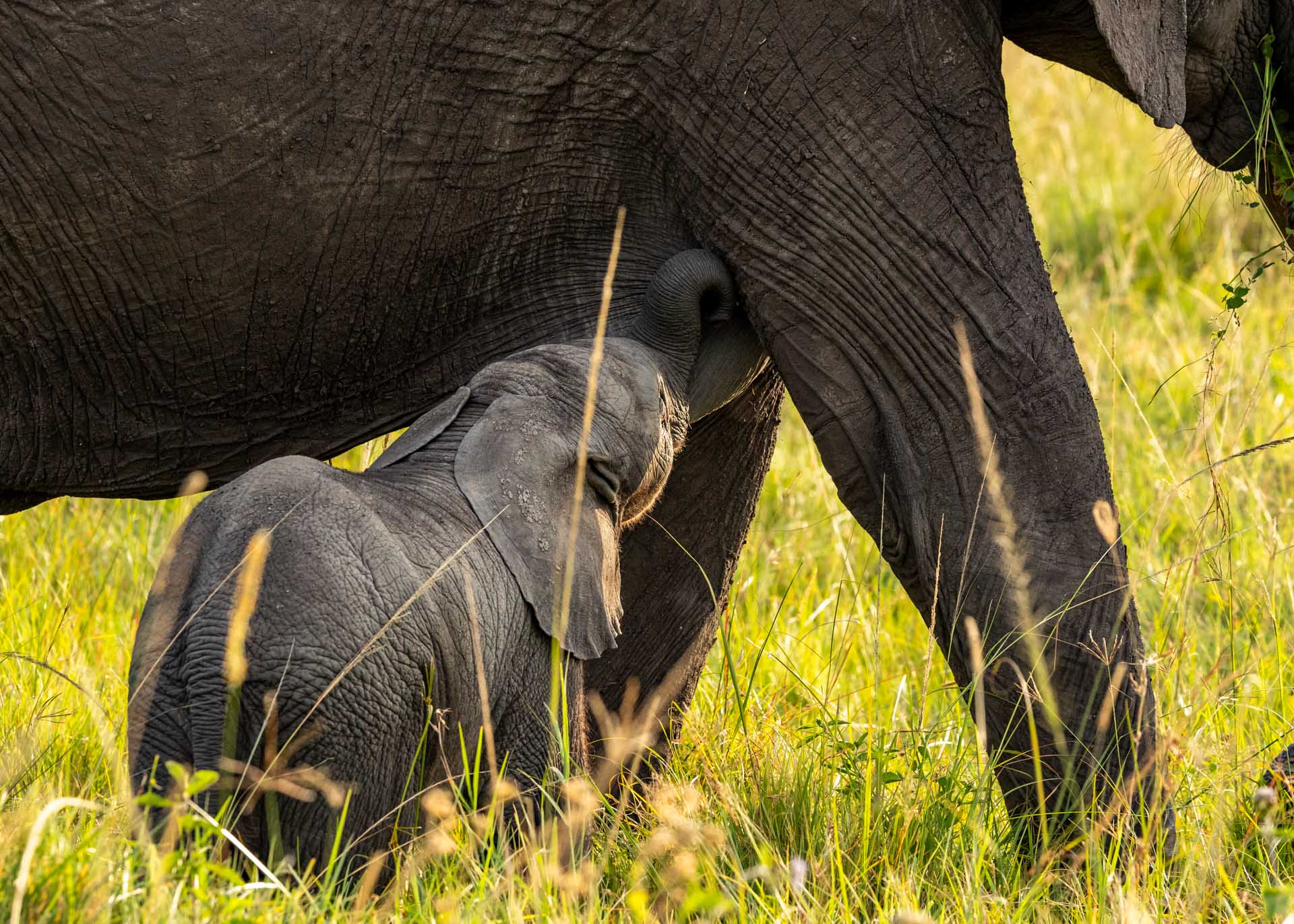
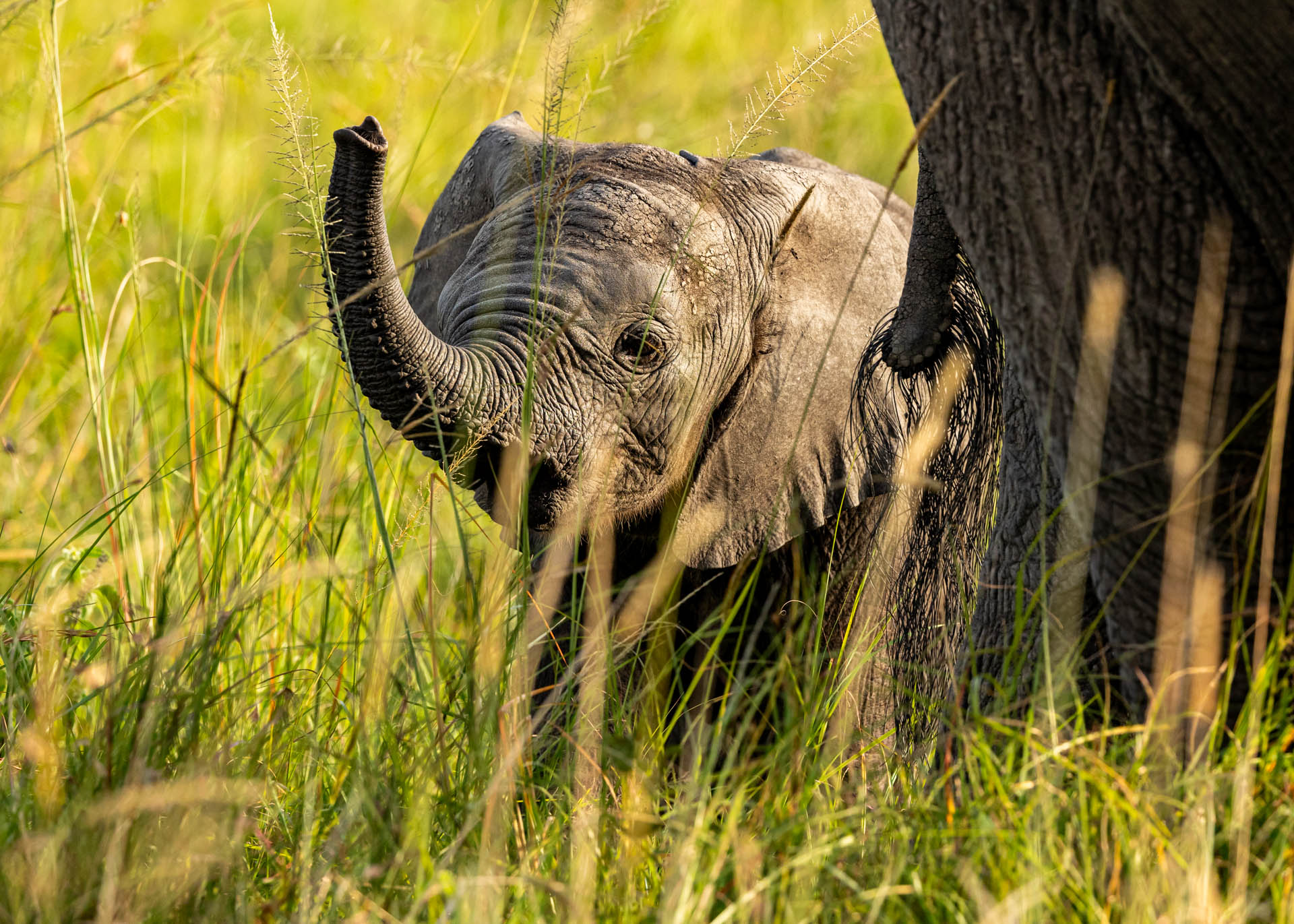
Cattle egrets are more commonly seen exploiting the drier and open habitats than other heron species, which typically prefer watery areas. These egrets thrive in grasslands, pastures, and wetlands and are often accompanying large mammals like elephants and buffaloes. They take advantage of insects and small vertebrates disturbed by these massive animals. While some populations are migratory, others disperse post-breeding to nearby areas that large mammals frequent.
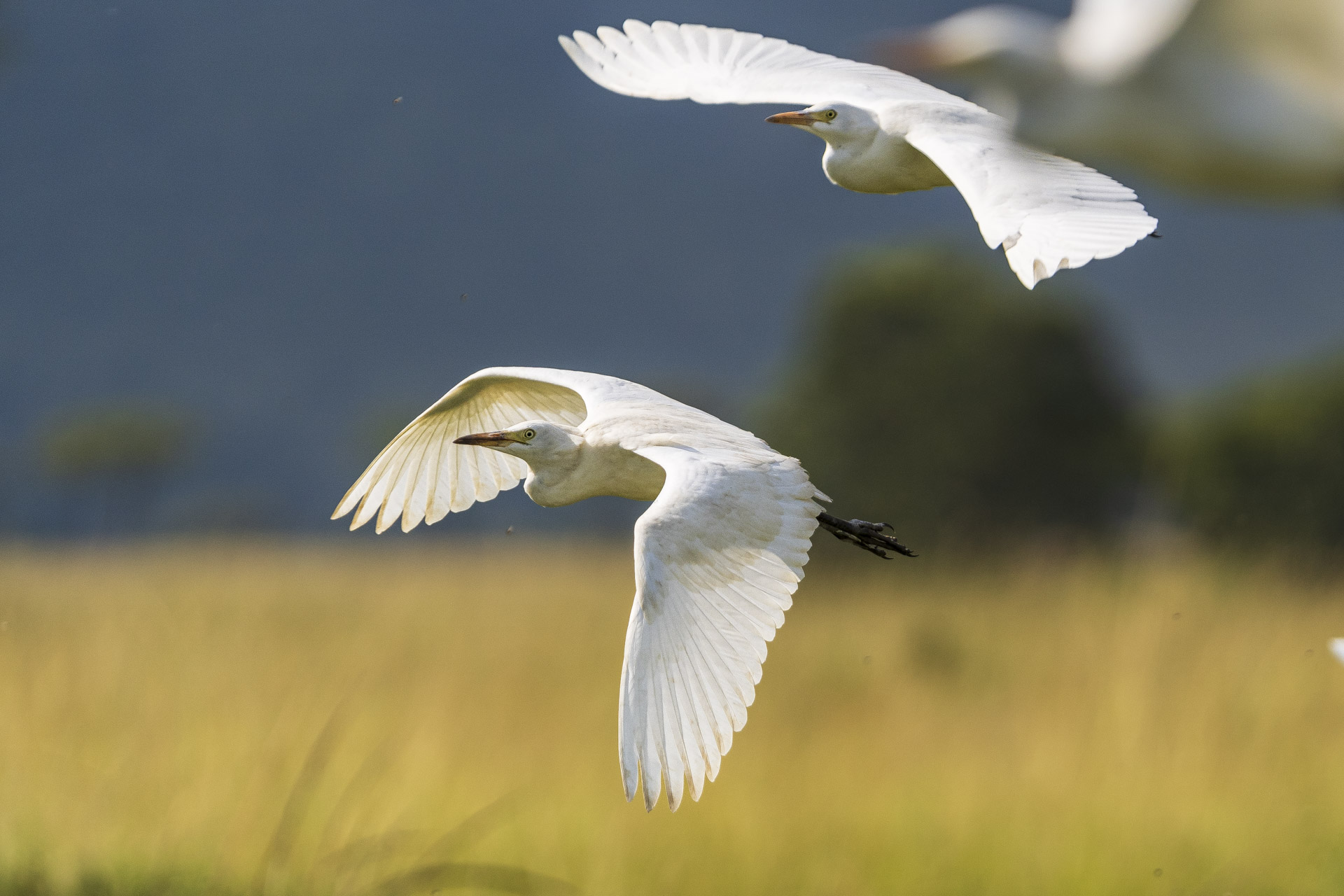
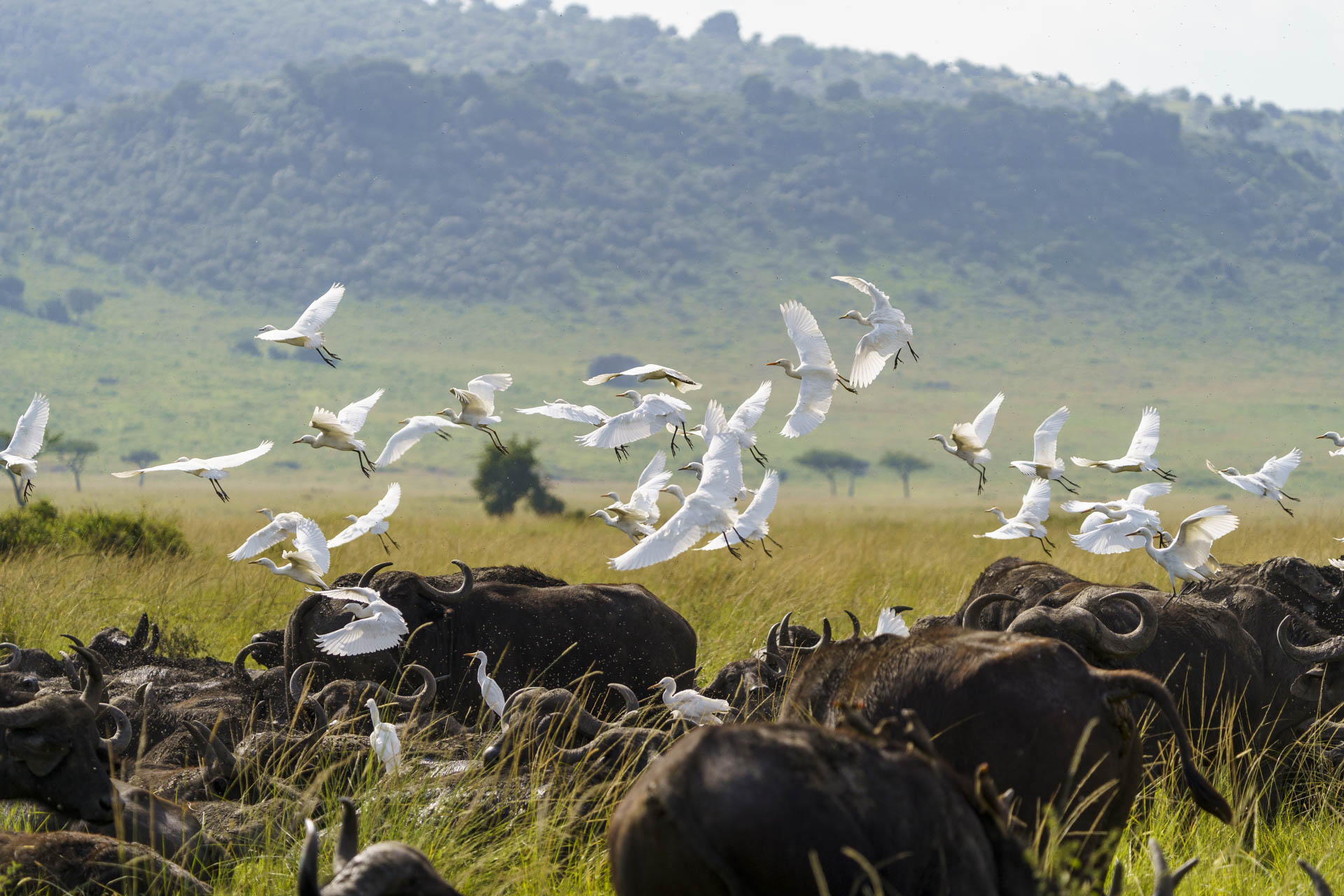
The lilac-breasted roller is one of the most vivid spectacles in the avian world, captivating observers with its striking array of colours and acrobatic flight patterns. Its head, throat, and upper breast showcase a lilac hue, transitioning into a bright blue belly. Its wings are a stunning mosaic of electric blue, turquoise, and black, culminating in long, streamers-like tail feathers that enhance its elegant appearance. My colleague Robert captured this one as it looked to enjoy its meal on a tree stump.
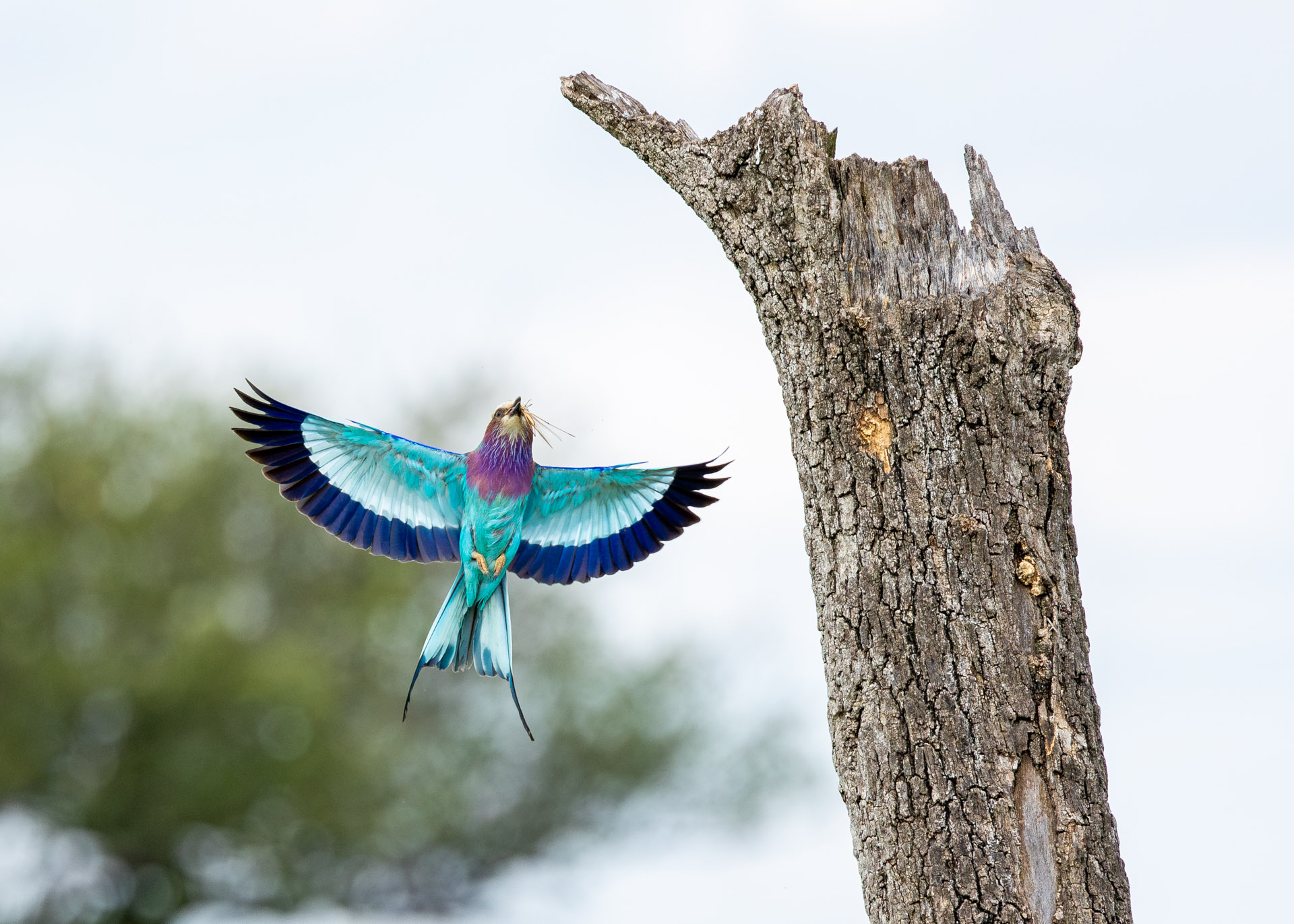
Angama Guide, Lemaalo, and the guests he was driving witnessed a special highlight of the week. They had the rare opportunity to see a Thomson’s gazelle give birth during their afternoon game drive. With calving season in full swing, the plains are teeming with baby gazelles and antelopes. The sight of these young animals exploring their new world, their delicate legs often wobbling as they take their very first steps — it's always a privilege to witness these first moments of life. –Japheth Supeyo
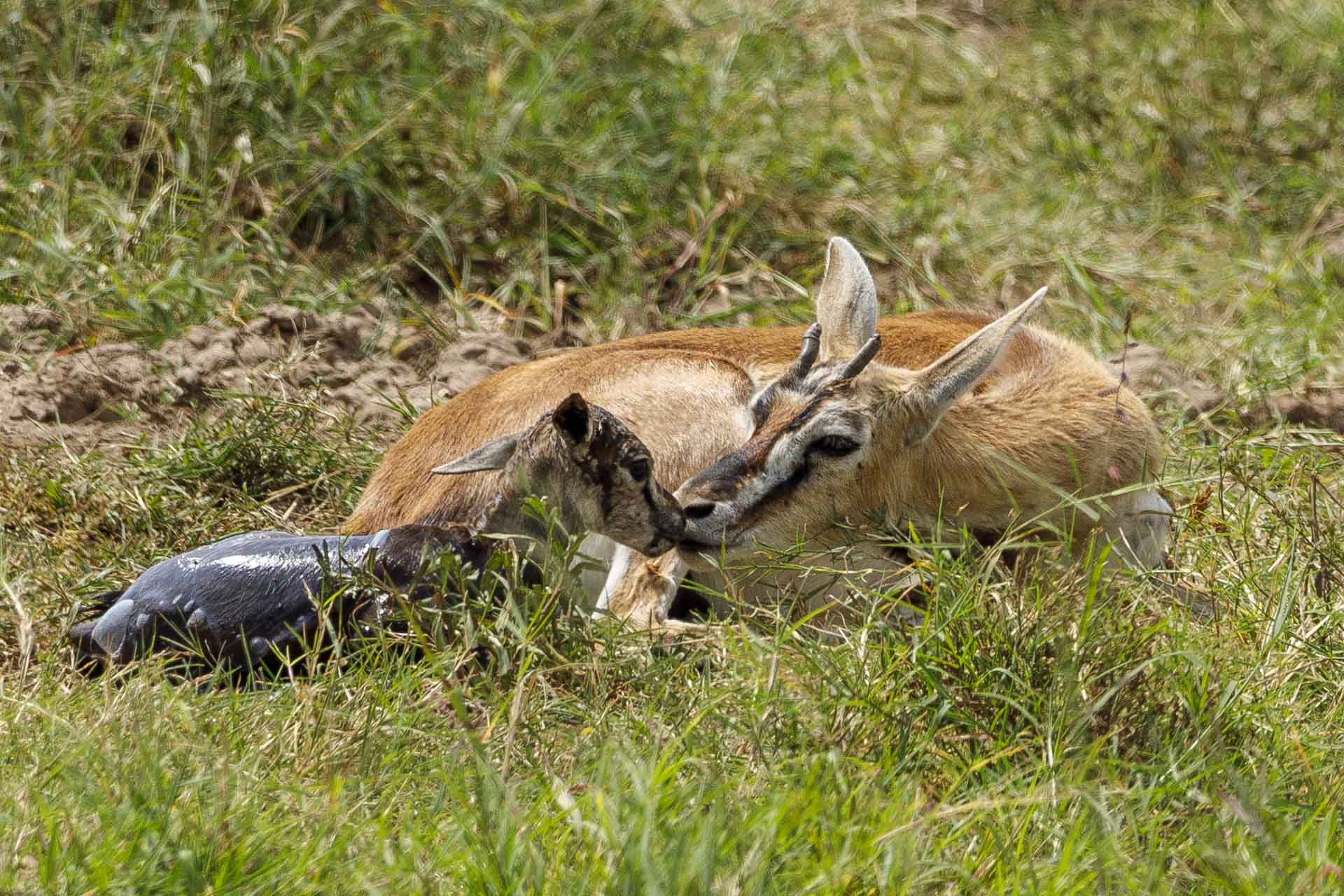
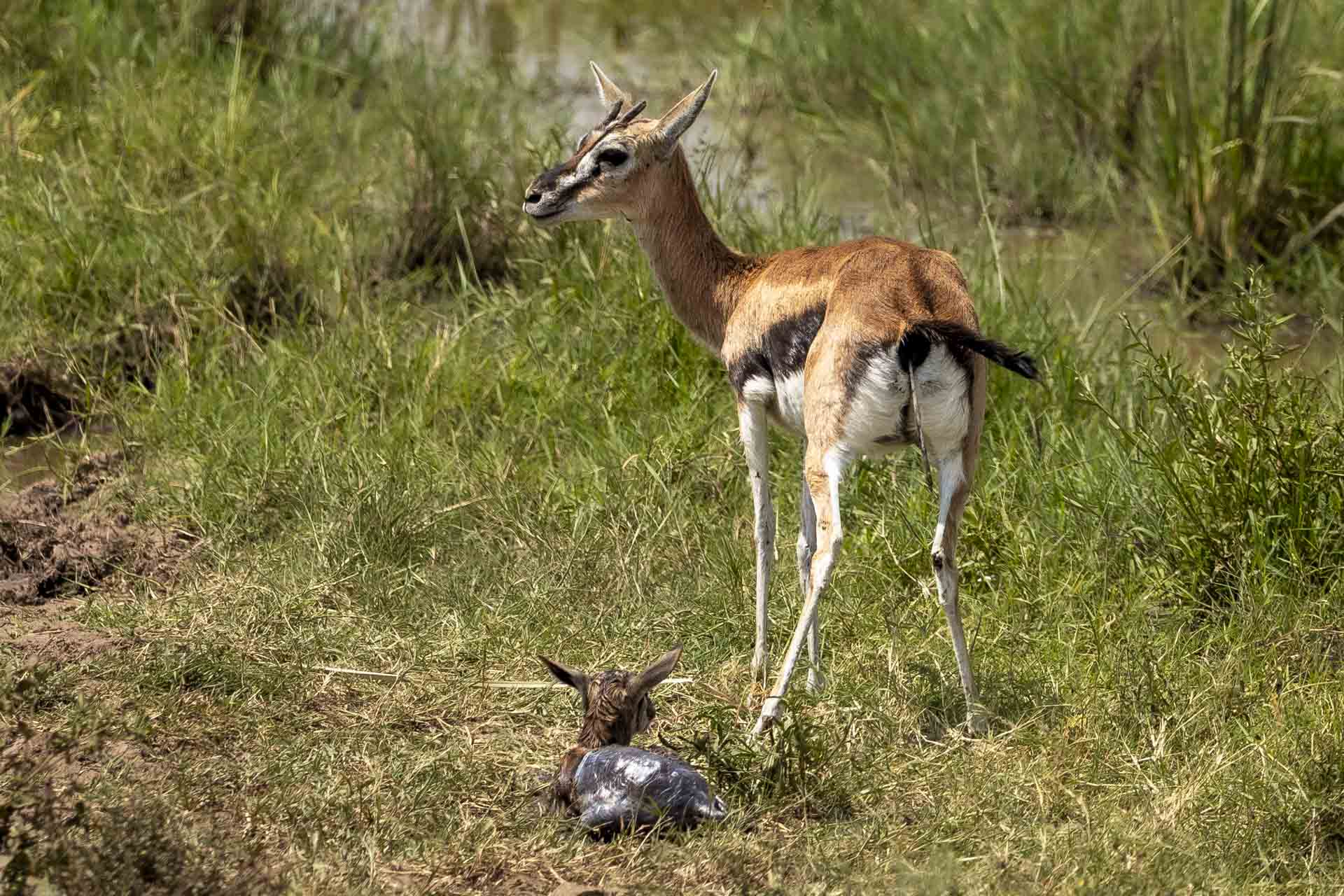
Filed under: This Week at Angama
Subscribe for Weekly Stories
Comments (0):
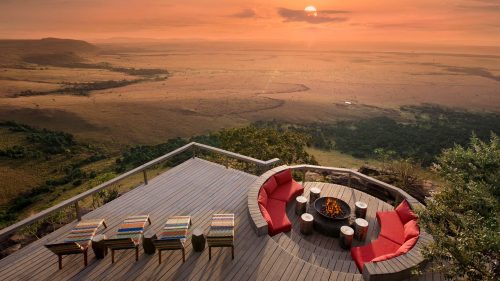
Angama Image Gallery